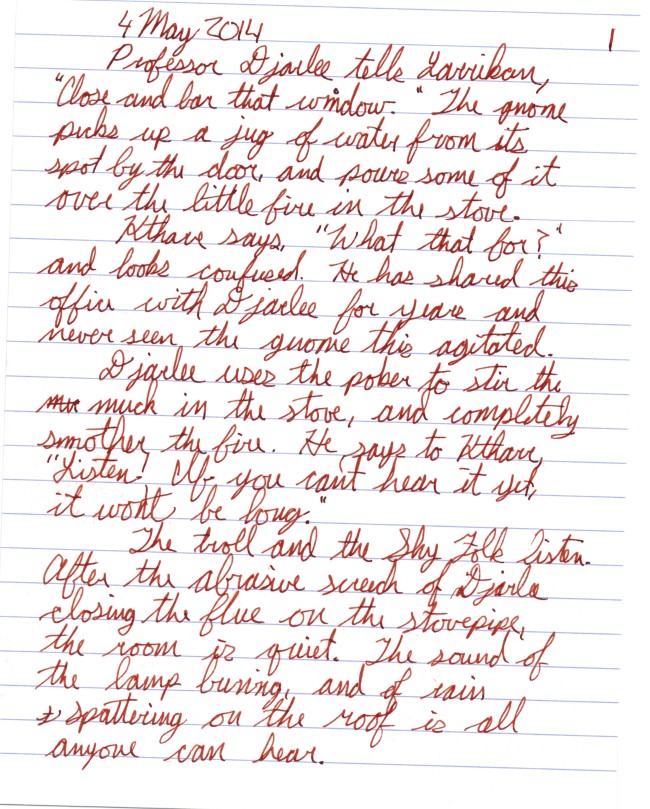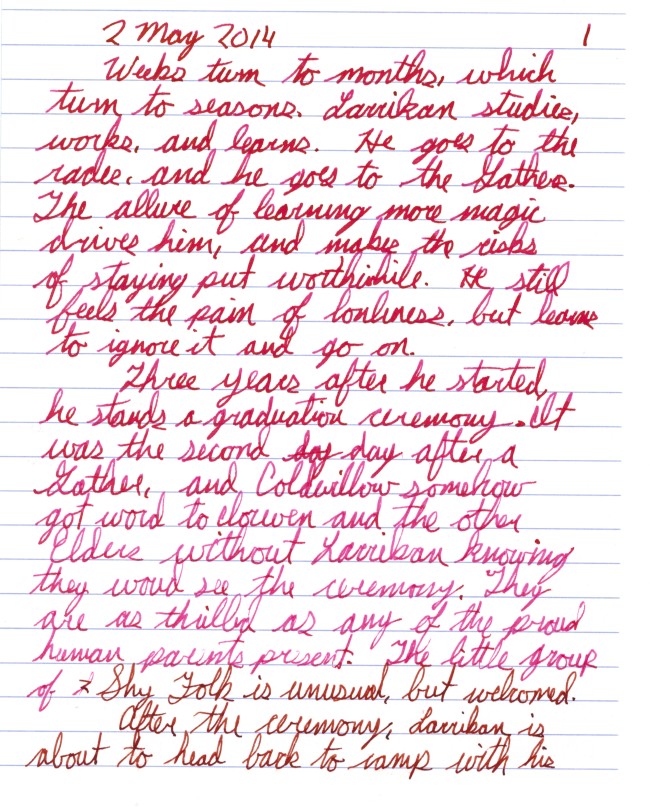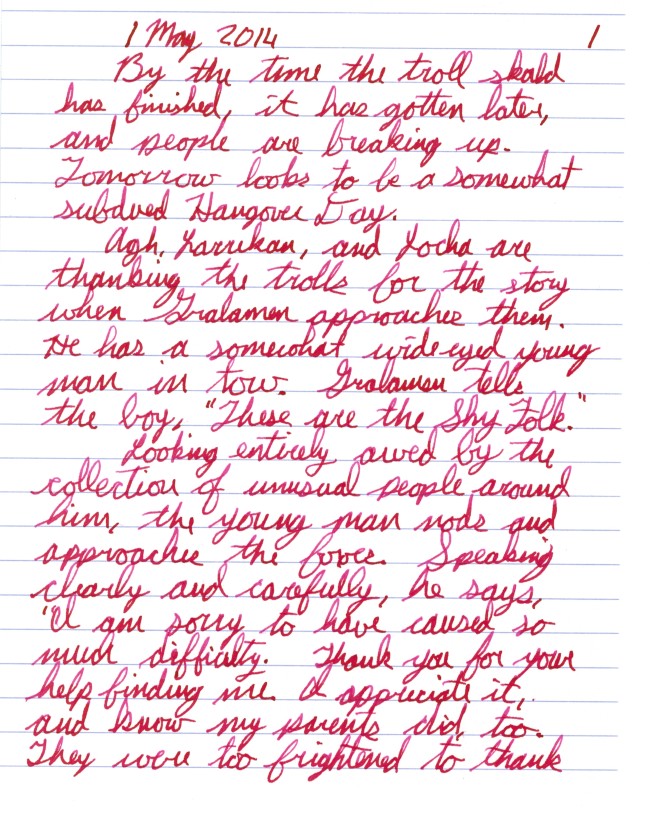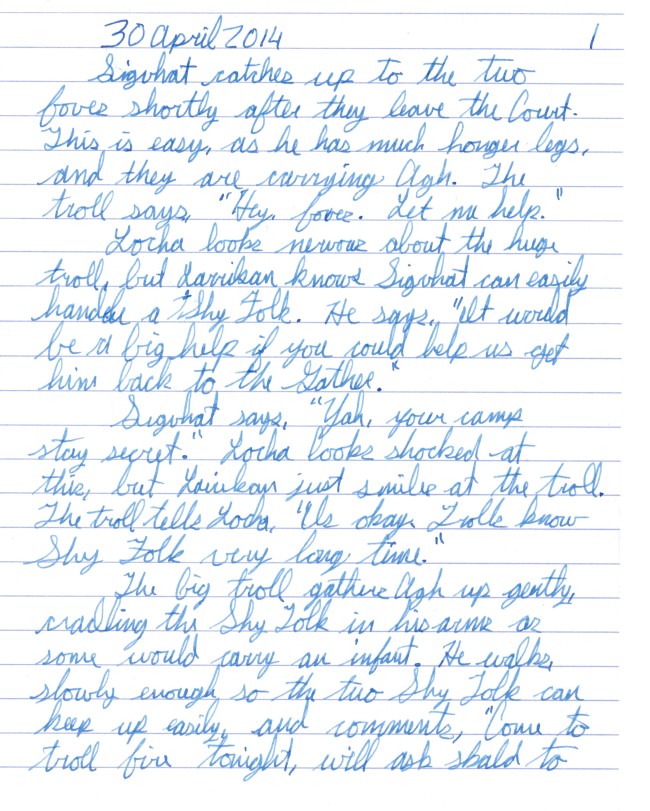Writing 2014-05-05
June 22nd, 2014Writing 2014-05-04
June 22nd, 2014PBP: 015 Vertical Alignment
June 19th, 2014The Perl Best Practices suggest to align things vertically. They like to apace things out into neat rows of equals, fat commas, braces, and parenthesis. Columns of data, when it will fit, are also approved of. Read the rest of this entry »
PBP: 014 Elses
June 16th, 2014The PBP suggests that you don’t “cuddle” an else. This means that the else and it’s opening parenthesis starts on its own line: Read the rest of this entry »
Writing 2014-05-03
June 15th, 2014Writing 2014-05-02
June 15th, 2014Writing 2014-05-01
June 15th, 2014Writing 2014-04-30
June 15th, 2014PBP: 013 Chunking
June 12th, 2014The suggestion in this one was very simple, “Code in paragraphs.” Deceptively simple, because it means different things to different people. Read the rest of this entry »
PBP: 012 Blocks
June 9th, 2014The Best Practices tell us never to place two statements on the same line.
In general, I agree with this, and find it a workable thing to do. There’s a few cases I forget, or decide not to. In most of them, it comes back to bite me later, and I wish I’d listened.
At the end of the day, I like whitespace, so yes, use a new line.





